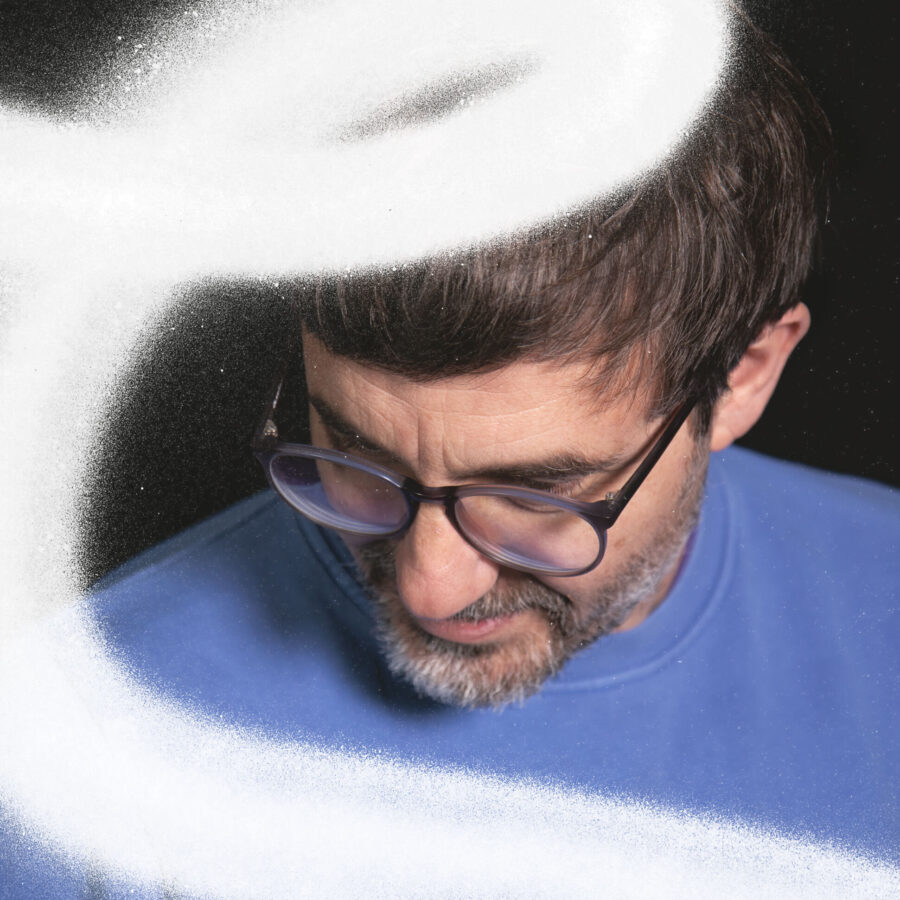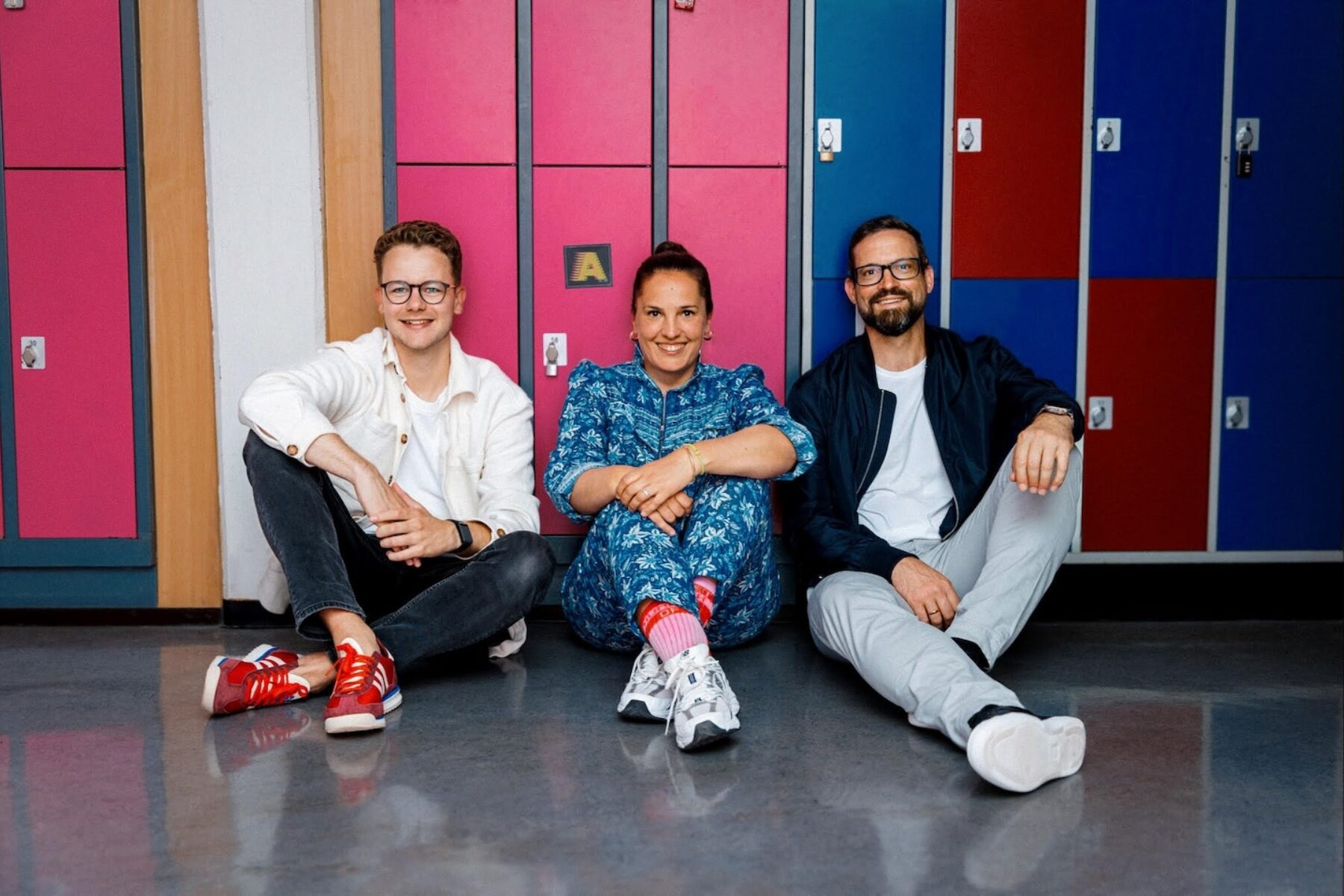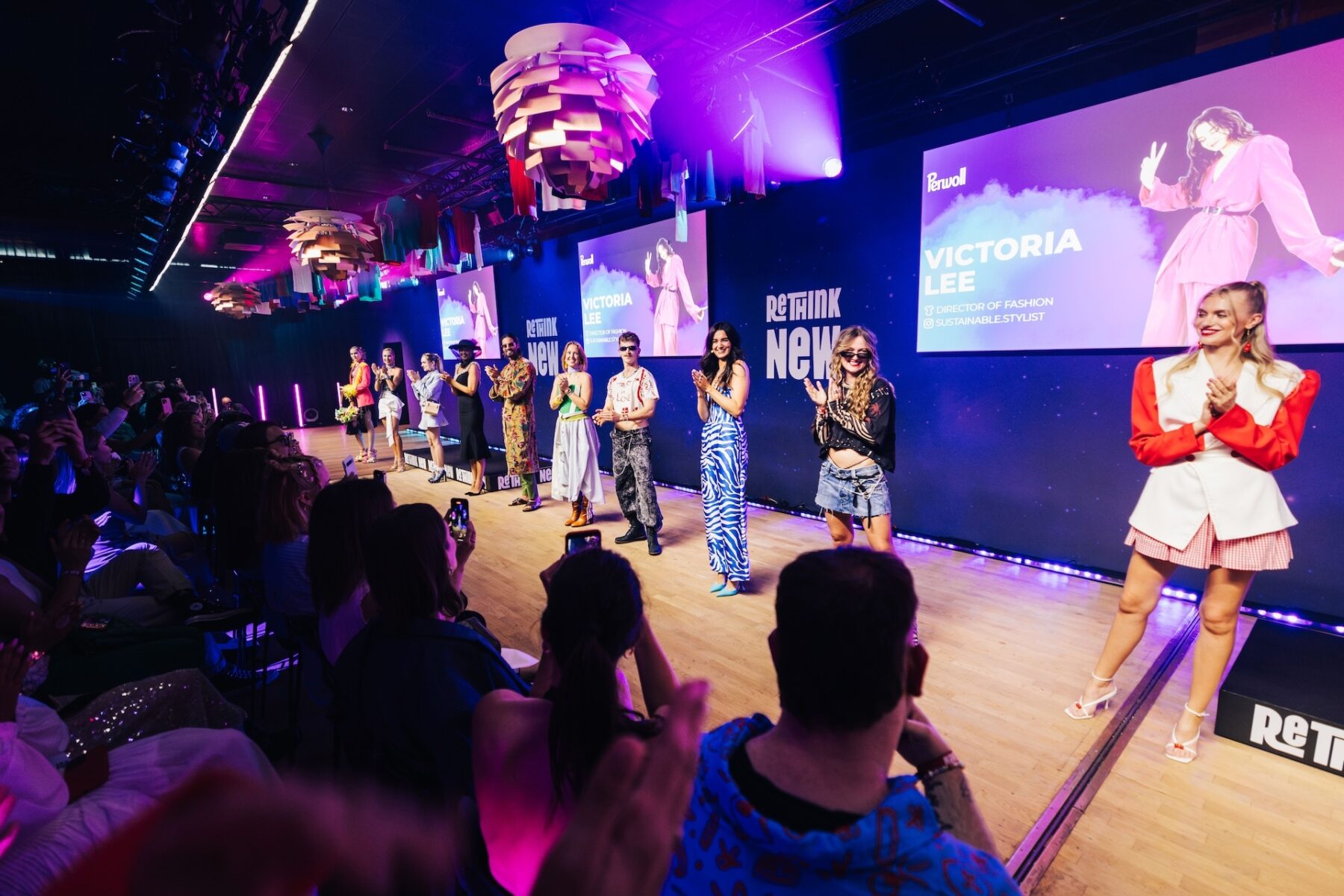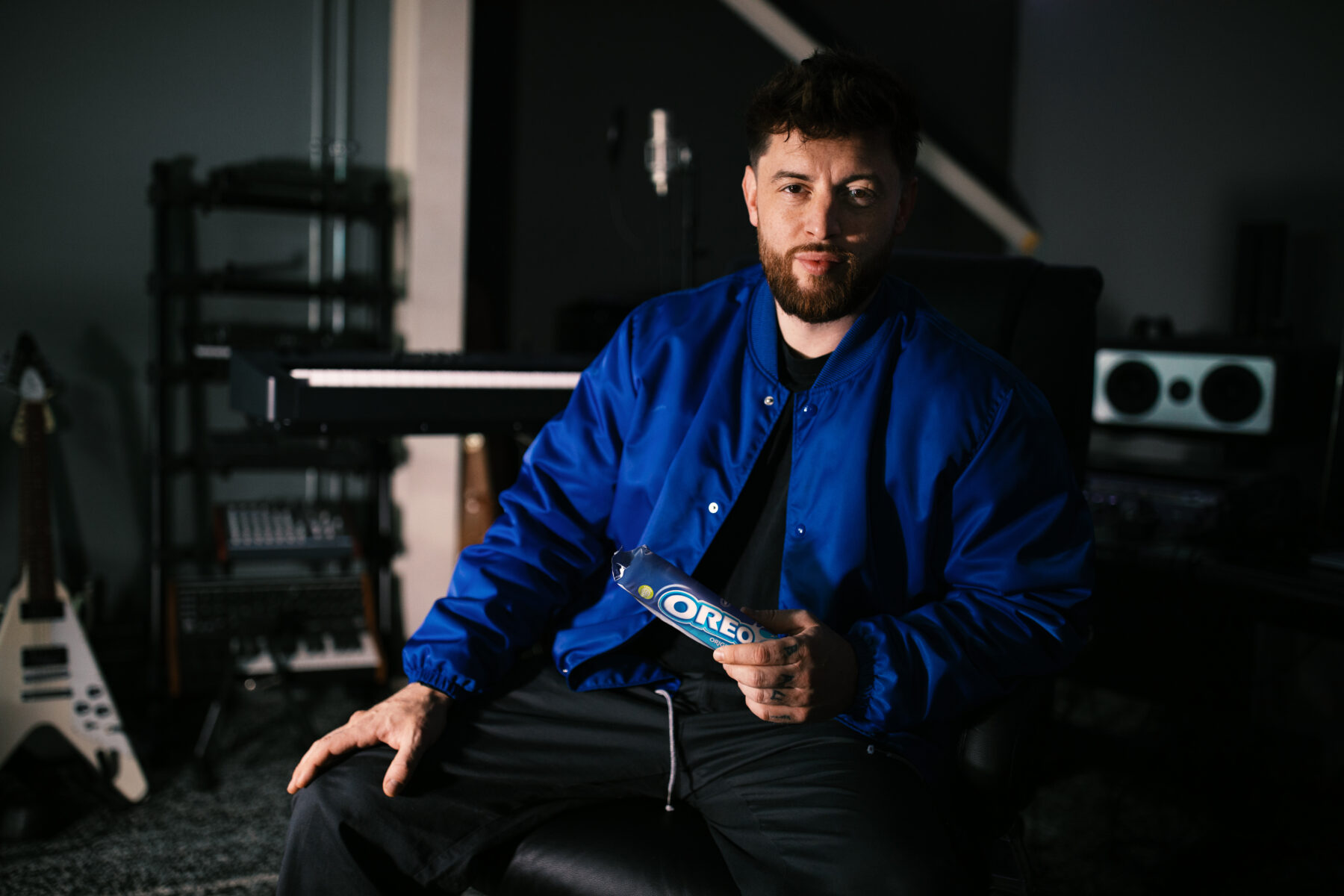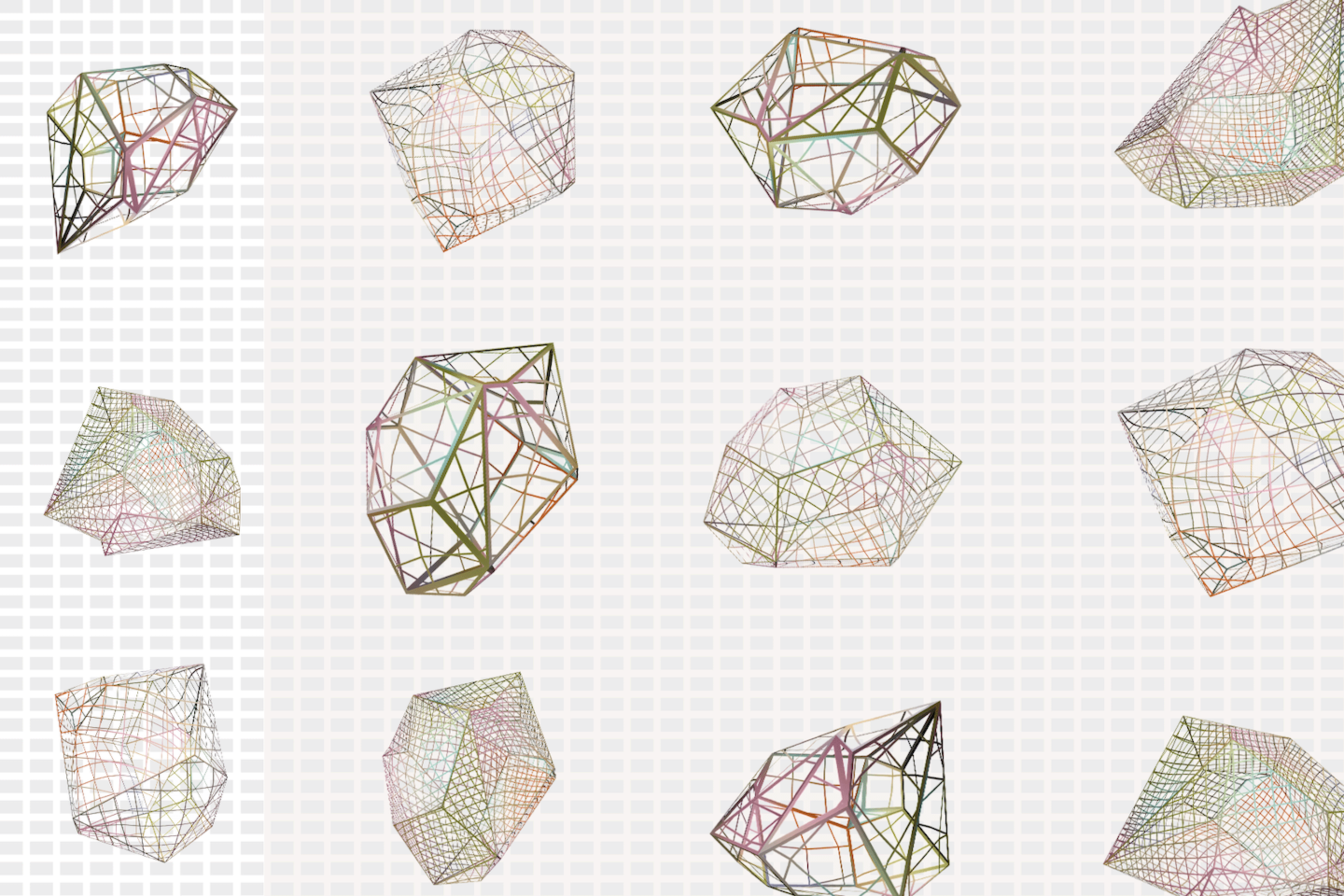
News
Everything but normal
Our work with the Shoah Memorial Frankfurt
In the beginning there was revenge
Our train was on time. This gave us a little time before our appointment to visit the special exhibition 'Rache – Geschichte und Fantasie' (Revenge – History and Fantasy) at the Jewish Museum in Frankfurt. This began in a surprisingly pop-cultural way – with the baseball bat carried by Donny "The Bear Jew" Donowitz, a prop from the Tarantino flick Inglorious Basterds. In the film, Donny bashes in Nazi skulls with a baseball bat, or as Brad Pitt, in his role as Lieutenant Aldo Rain, puts it, "We Ain't In The Prisoner-Takin' Business; We In The Killin' Nazi Business."
The other exhibits in the exhibition also portrayed people and stories that do not necessarily fit the cliché of, as co-curator Max Czollek puts it, "good, innocent Jewish victims". Instead, we learned about defiant women (Judith with the head of Holofernes), determined assassins (Herschel Grynszpan, who shot the German diplomat Ernst von Rath five times in Paris in November 1938), various Golem variations and comic book heroes who fight Nazis with superpowers.
Towards the end of our tour, we saw letters and messages on display. Many of these read like a kind of last will and testament from people in concentration camps, calling for revenge or expressing the hope of retribution. It was an exhibition that was as surprising as it was rousing, and it made an impression on us. An impression that we bore with us to our meeting, which marked the beginning of our work on the "Shoah Memorial Frankfurt".
Commemoration and Archive
The "Shoah Memorial Frankfurt " makes the individual stories of over 12,000 people from the Jewish community in Frankfurt who were murdered during the Nazi regime accessible for research purposes. The web platform is not a place, in the same way as the Neuer Börneplatz Memorial is a place, with its name frieze on the cemetery wall of the Jewish Cemetery on Battonnstraße. The platform lacks both the environment and atmosphere of the geographical-historical square. In this respect, it made no sense to recreate the place from our point of view. Rather, we see the memorial as a continuation of the local memorial and a digitally accessible archive. In addition to commemorating those who were murdered, the "Shoah Memorial Frankfurt" also portrays the lives of these people. From Börneplatz we picked up the "stones" that visitors had placed on the name blocks. They are an expression of the Jewish tradition of leaving stones on graves, and bear witness to the many people who have paid a visit to the memorial. For us, they represent symbols of a connection between the past and the present.
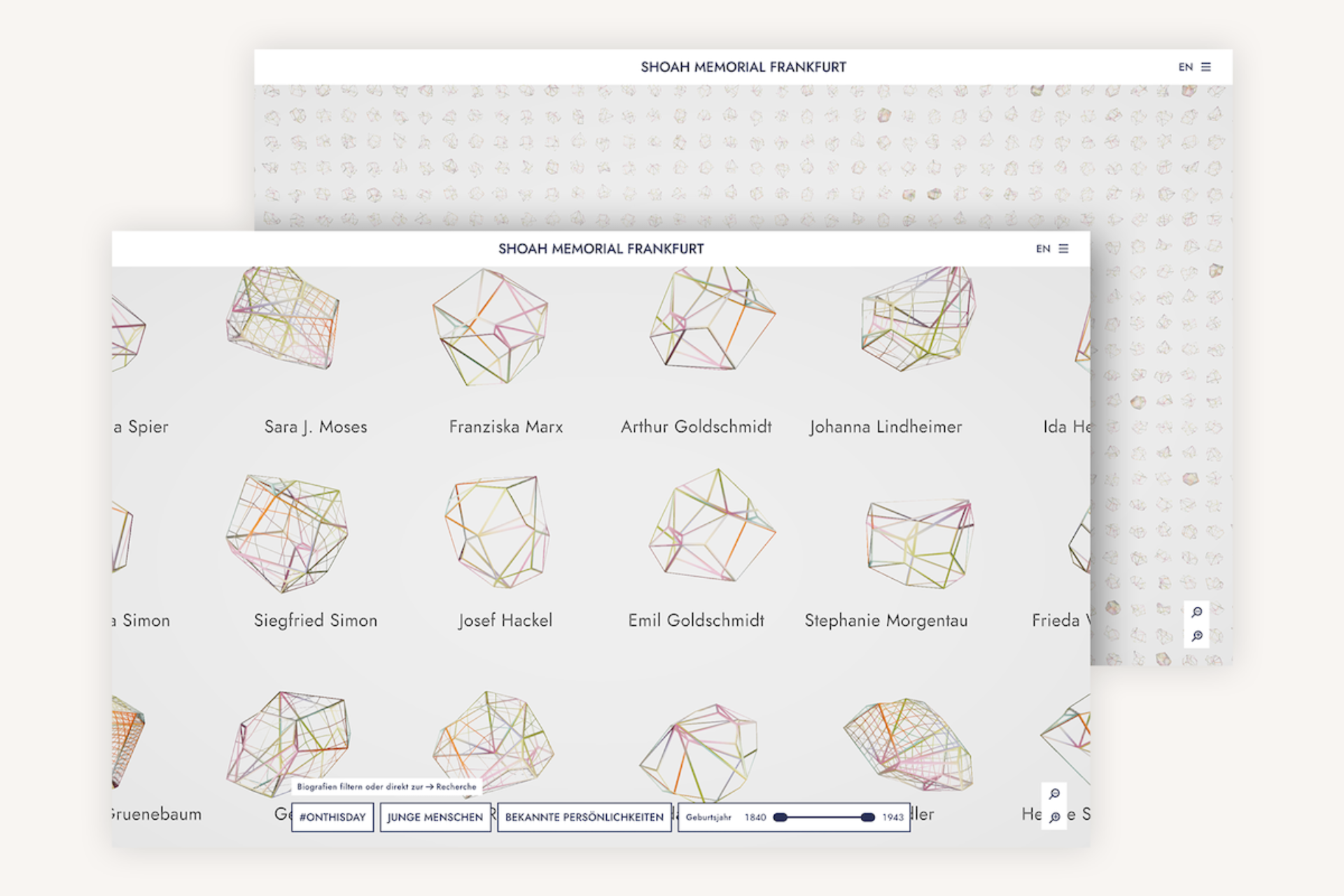
The stones can be found on more than 11,000 name blocks attached to the wall of the Old Jewish Cemetery. Seen from a distance, the blocks form a repetitive pattern that hints at the extent of the destruction (as architect Nikolaus Hirsch explains in this interview). When you approach, the names, date of birth, date of death and place of death of the people become legible. We have retained this principle of distance and proximity, but we limit ourselves to the names and the stones. These can also be viewed at different levels of magnification, giving an impression of the scale of the destruction. Each stone has a record behind it with the biographical information of a murdered person.
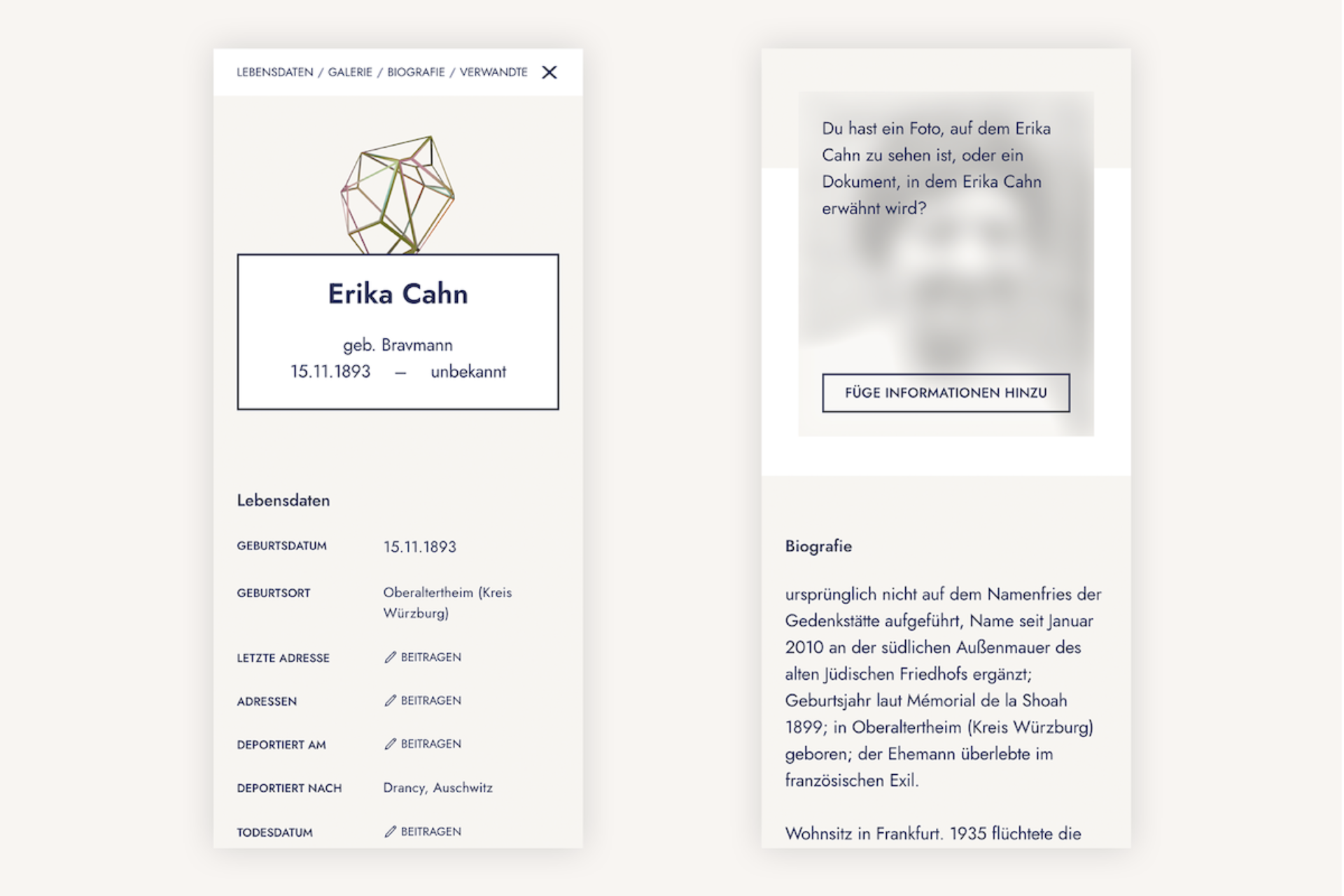
All the information comes from a research project conducted by the Jewish Museum Frankfurt between 1996 and 2005. The findings from this research were initially recorded in a database that was not accessible to the public. Over the years, numerous requests have been received from family members, relatives, interested parties and researchers to gain an insight into the information. This database has now been made accessible to the public within the context of the cooperation project "Frankfurt and National Socialism". For this purpose, the information was fact-checked and added to from more recent sources.
The platform offers relatives and descendants the chance to engage with their roots. It invites visitors to explore the fates of familiar and unsung members of the Jewish community. It can be used in lessons for school classes. And it is participatory: All are invited to make a contribution by submitting corrections or additional information and photos in order to bolster the remembrance of the dead.
Aesthetics, performance and doubt
During the process of creation, we discussed a great deal about the design, role and implementation of the stones: do we want to portray them realistically and if so, how exactly? What impact will aesthetic decisions have on the performance or response times by the WebGL application? Everything worked smoothly with the prototype, but what would happen if we scaled from 2,500 sample records to 10,000 or more? Would that mean we need a simpler representation? Wouldn't a simplified form make more sense anyway, since we consider the stones to be symbols? Can the stones convey additional information, for example, about the quantity and quality of the data sets?
Questions like these are not uncommon and come up in every project. These are quite 'normal' questions about concept, form and function in a way. We also asked ourselves other questions with this project, however. They mainly came up at moments when we realised the nature of the information we were dealing with. Moments in which data turned into biographies, where our questions about the aesthetics of the stones or the performance of the web application seemed out of place.
For example Sali Goldblatt: A boy who, shortly after turning 17, died in Auschwitz. His sister Helen was also transported to the concentration and extermination camp at the age of 15, where presumably she too was murdered. It is assumed that their mother was taken to the Riga ghetto, where she was also killed. Two other siblings managed to escape into exile to Palestine sometime between 1940 and 1943.
Whenever we let the content get to us, big questions loomed – about guilt and the culture of remembrance, for example – questions that we could not resolve in our work. But questions also arose regarding the design details for this project that rarely crop up in other projects. In the publication commemorating the handover of the Neuer Börneplatz Memorial, Salomon Korn describes a dilemma that we also had to deal with: "...even with the utmost creative restraint, a successful memorial always aestheticises to some extent the horror that is the object of its exhortation. Creative restraint becomes unavoidable when the aim is to keep the space for commemoration as large as possible, and the artistic (self-)representation that distracts from it as small as possible". So we spent a lot of time trying to find answers to many seemingly simple questions. How beautiful are the stones allowed to be? Are they allowed to be beautiful at all? Which colours are appropriate or what colours are inappropriate per se? More than on other projects, we constantly challenged our own answers and explored variations and discarded them again.
In retrospect, our extensive examination of design and functional details most probably involved our search for a respectful approach to commemorative culture and biographies. A huge help to us was that we had a great counterpart in the team at the Jewish Museum Frankfurt, who we could openly discuss all our thoughts, doubts and questions with.
Troubled conclusion
We hope to have found an acceptable balance of content, form and function with the "Shoah Memorial Frankfurt", that went live at the beginning of November. The platform makes public the many items of biographical information that were previously inaccessible – or only on request. It would be nice if family members can find valuable pieces of the puzzle to their own story with the help of the research tool.
We learned a lot from the project because we did a lot of things differently than normal. Not only conceptually, creatively and technically – the project itself was completely different. It served as an occasion to reflect on our own culture of remembrance, in which we have perhaps made ourselves a little too comfortable. The project work began with the special exhibition about revenge at the Jewish Museum Frankfurt, which kind of rocked us. Now that the project is over, we're still somewhat agitated – maybe not such a bad state to be in in this day and age.
Fork – Agency for Digital Life Aspects
The Shoah Memorial Frankfurt is a project by Fork Unstable Media and went live in November 2021. The agency's mission is to improve digital life aspects. To achieve this, Fork focuses on creative solution strategies, sustainable design and customised technologies.
